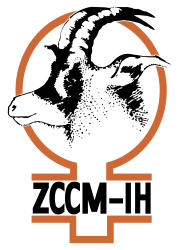Chibuluma Mines Plc, majority owned by Metorex of South Africa has confirmed that it is sacking off 236 workers as part of its restructuring process.
The firm says the restructuring plan is scheduled to be carried out within the first quarter of 2016.
The company says the restructuring process is inevitable as its Chibuluma South Mine is fast approaching its end of life.
This is contained in a statement released by Chibuluma Mines Plc – Board Chairman Jackson Sikamo.
‘The mining and geotechnical conditions have become more challenging with the costs of mining continuously rising. Chibuluma Mines Plc’s performance in the financial year 2015 has been characterized by low production volumes and this coupled with the continuously falling copper prices has put severe pressure on the Company’s cash-flow,’ Mr. Sikamo said.
‘The Company is in a loss making situation which, if left unaddressed may force the Company to suspend its operations permanently. Management has therefore resolved to restructure the business, in order to ensure the survival of the Company.’
Mr. Sikamo added that the restructuring places focus on reducing mining rates, substantially outsourcing mining and ore transfer activities and significantly reducing overhead expenditure.
‘Through this process, various mine operating survival options have been considered and though the available options are not economically viable, the Company through its majority shareholder Metorex (Pty) Limited has made a strategic long term decision and selected the survival option with the least losses over the life of the mine,’ he said.
Mr. Sikamo outlined the measures such as the continued development of the Chifupu Copper development project to ensure prolonged Mine life from 2018 to 2022.
He also revealed that management has decided to reduce mining output from Chibuluma South to approximately 27,000 tons per month from 45,000 tons and outsource mining and processing plant ore transfer activities as part of the restructuring plan.
Chibuluma Mines Plc was incorporated in October 1997 following the privatization of the then Zambia Consolidated Copper Mines Limited.
The Company’s copper mining operations are located in Lufwanyama district.



